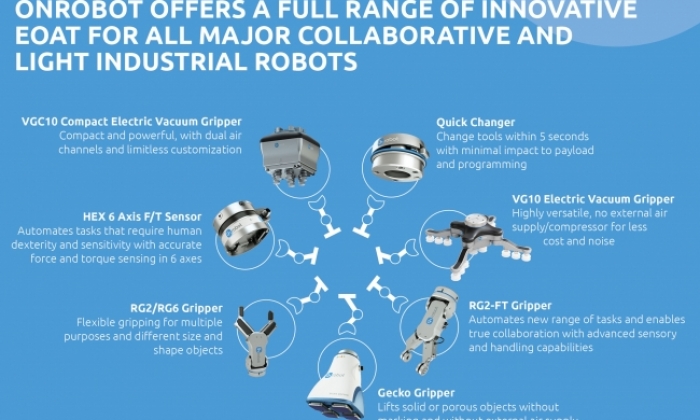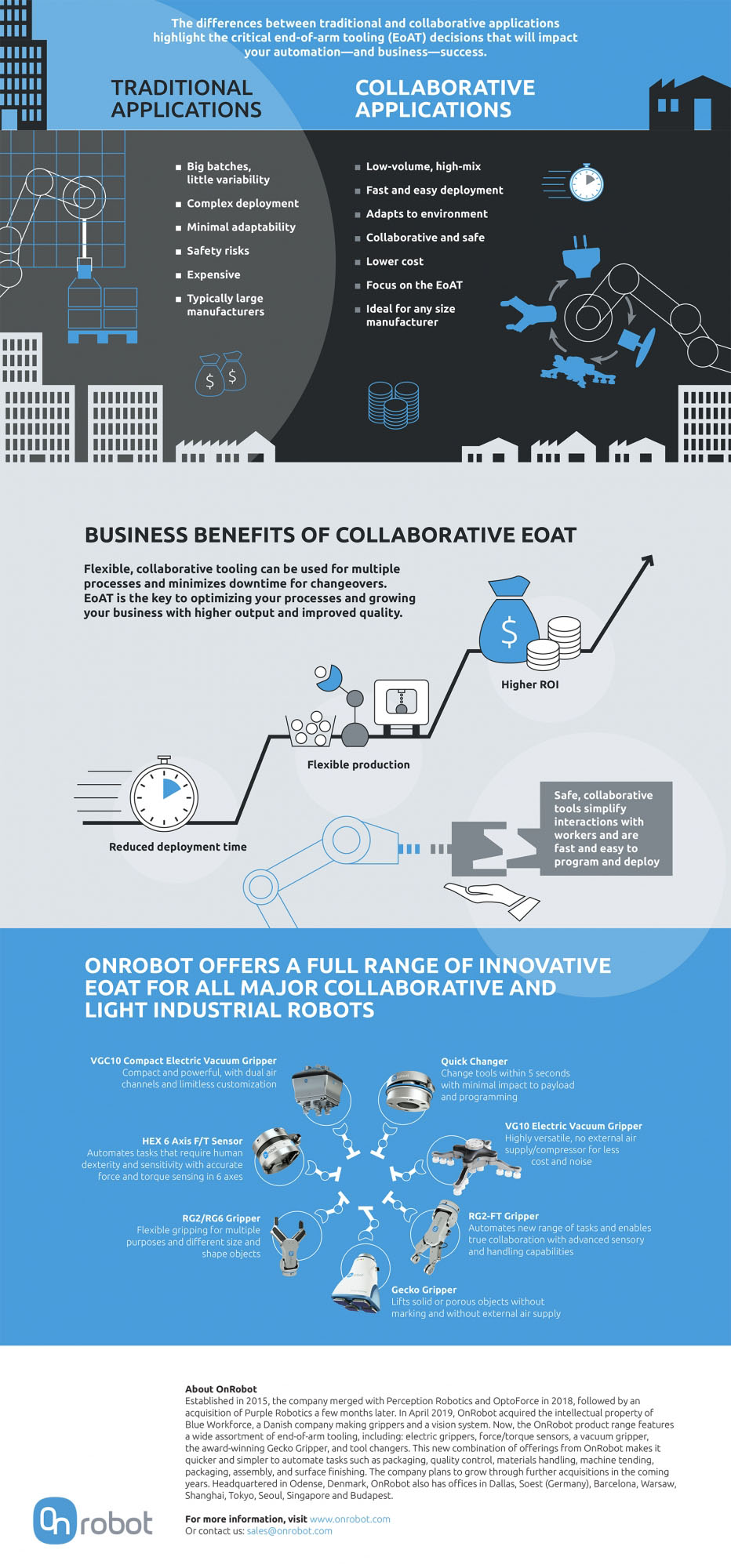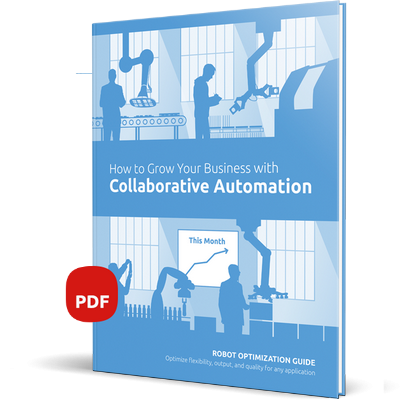Difference between Traditional and Collaborative Applications


Do you want to better understand the difference between traditional and collaborative applications?
If you’re looking into collaborative automation, end-of-arm tooling is key to optimizing your processes and growing your business with greater flexibility, higher output, and improved quality. Collaborative robots (cobots) are ideal for manufacturers with low-volume, high-mix production or who need to safely automate processes alongside human workers. That might include automating a repetitive task and handing a part off to a human for inspection or to complete a complex assembly process.
Cobots typically have lower upfront costs and are easy to program with no previous experience, so they offer fast ROI. They are small and lightweight enough that they can be easily moved and redeployed to automate different processes throughout a manufacturing facility. These versatile, cost-effective, and user-friendly tools allow businesses of almost any size (and any level of technical expertise) to increase productivity, improve quality, and respond more nimbly to changing customer demands.
The EoAT becomes a critical element of getting the most out of your collaborative robot. These tools are designed for safety around human worker and to be easy to program through the robot’s teach pendant. They’re cost-effective, highly flexible, and easy to change for different processes to support fast ROI and quick results. If you’re leaning toward collaborative robotics, it’s important to consider EoAT to make sure you optimize your investment and gain the full advantages of your cobot.


|
如何通过协作式应用发展您的业务
随着更智能、适应性更强的工具的出现,机器人现在以更高的速度、强度、安全性和精度运行,能够完成广泛的任务,同时最大限度地提高投资回报率。通过下载我们的免费电子书,了解更多有关如何以更低成本实现更快生产的信息。
获取免费电子书
|

|

